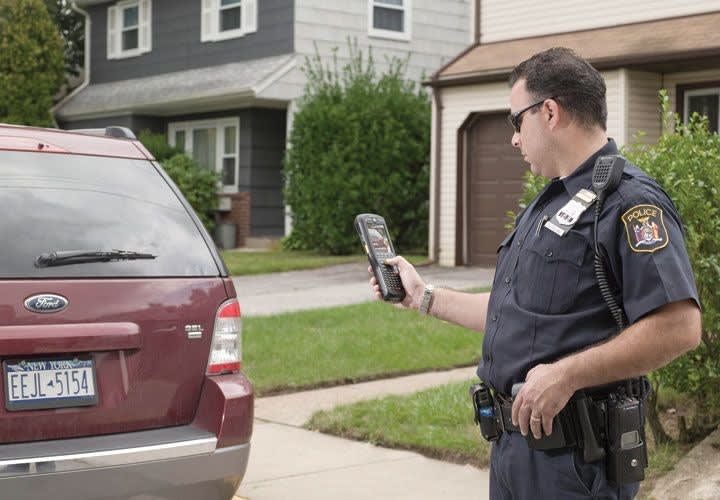Public Safety Roaming
Public safety associations, major public safety communications providers such as Harris Corp. and Motorola, and even Attorney General Eric Holder oppose the FCC's plan. They argue that the D Block is ideal for carrying streaming video on 4G communication devices that can be used during critical incidents and other operations. (See "Live and in Color" on page 34). But the FCC is determined to auction off the D Block to the highest bidder.
The FCC has, however, made one nod to the concerns of public safety: The winner of the proposed auction will have to agree to let public safety users roam on its network and give them priority in case of an emergency. Experts say they are not exactly sure how this would work. "I would hate to be at the customer service centers the day they shut off 20,000 users in a geographical area because of an emergency," says Kevin Tenbrunsel of Motorola.
Proponents of assigning the D Block specifically to public safety say there are several flaws in the FCC's plan, including issues of who controls the network and assigns communication priority in case of an incident. "The concern is that in the event of an emergency, public safety would be competing with the other users for the network," says Tenbrunsel. "That means a chief of police could have the same priority as a third-grader listening to Pandora on a 4G phone. It's in public safety's interest to have their own LTE core."
Harris Corp. vice president Dennis Martinez agrees, and he points out a few other problems with the FCC's plan. In a recent PoliceMag.com podcast Martinez explained that he is concerned about uniformity of coverage for public safety users in a given jurisdiction. Another major drawback to the FCC's plan involves security. If public safety is sharing a network with commercial users, it could open the door for data theft.













